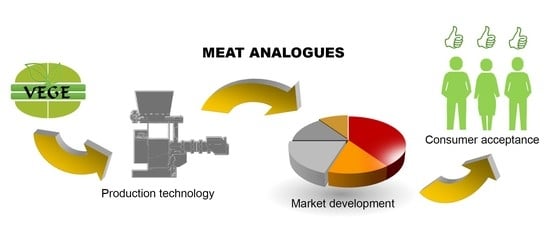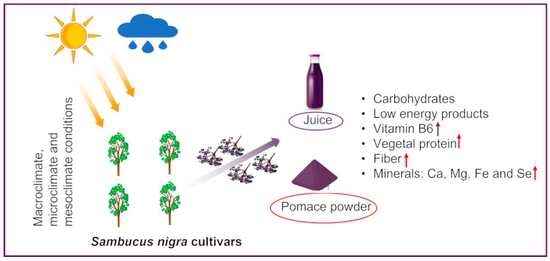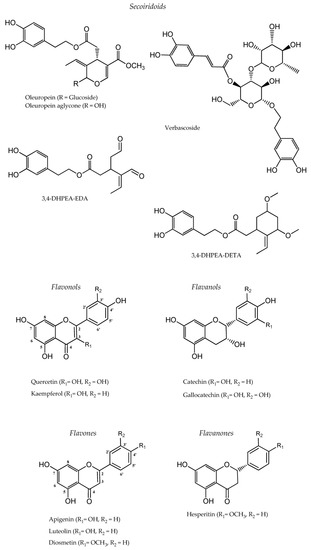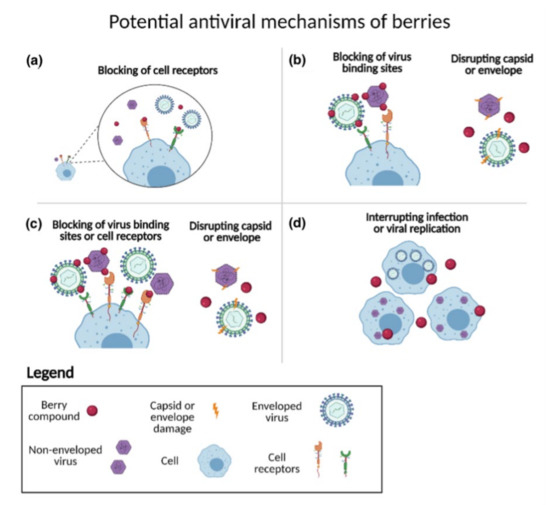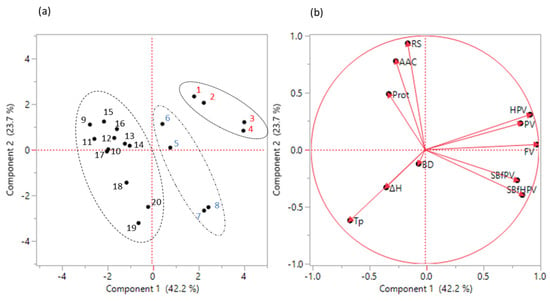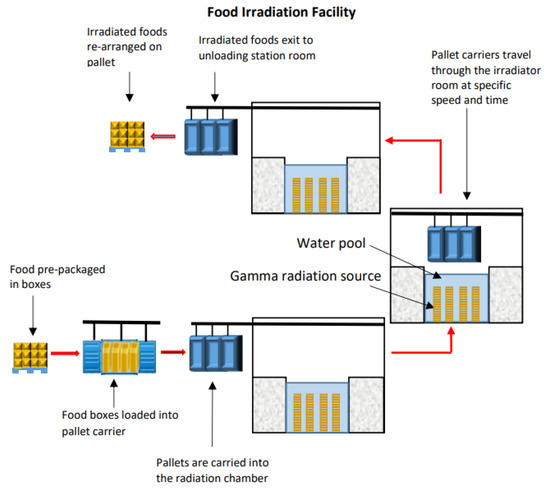Foods 2022, 11(1), 105; https://doi.org/10.3390/foods11010105 - 31 Dec 2021
Cited by 120 | Viewed by 16431
Abstract
There are many reasons why consumers and food producers are looking for alternatives to meat and meat products, which includes the following: health, environmental or ethical aspects. This study reviews recent scientific reports on meat analogues. The scope of the review includes the
[...] Read more.
There are many reasons why consumers and food producers are looking for alternatives to meat and meat products, which includes the following: health, environmental or ethical aspects. This study reviews recent scientific reports on meat analogues. The scope of the review includes the following: formulation and nutritional value; health safety and legal regulations; manufacturing and processing technologies including the latest developments in this area; product availability on the food market; and consumer attitudes towards meat analogues. The analysis of the literature data identified technological challenges, particularly in improving consumer acceptability of meat analogues. Among the risks and limitations associated with the production of meat analogues, the following were identified: contamination from raw materials and the risk of harmful by-products due to intensive processing; legal issues of product nomenclature; and consumer attitudes towards substituting meat with plant-based alternatives. The need for further research in this area, particularly on the nutritional value and food safety of meat analogues, was demonstrated.
Full article
(This article belongs to the Special Issue Plant-Based Foodstuff: Recent Advances and Innovations in Food Technology)
►
Show Figures
